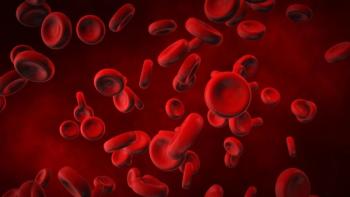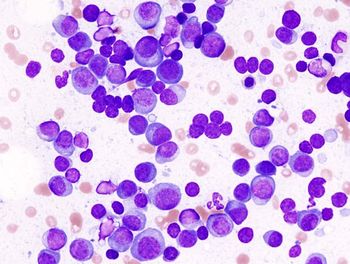
Miami Breast Cancer Conference® Abstracts Supplement
- 41st Annual Miami Breast Cancer Conference® - Abstracts
- Volume 38
- Issue 4
- Pages: 6-7
2 Is Laterality in Breast Cancer Still Worth Studying? Local Experience in Bahrain
Background
Laterality in breast cancer means an increased frequency of left-sided breast cancers compared with right-sided breast cancers ranging between 1.05 and 1.26. It was first described in 1935 by Fellenberg, Sweden. The explanation of this phenomenon is not clear, but the association with other factors was found. This study aimed to explore the laterality of breast cancer in Bahrain as a model for Arabian countries. The association of laterality with the clinicopathological characteristics of the tumor was also analyzed to explore any applied clinical value.
Methods
This is a cross-sectional, retrospective review of a particular ethnic population to study the laterality of breast cancer vs a number of clinicopathological factors as well as prognosis. The study analyzed 228 patients with breast cancer treated in Arabian Gulf University facilities in Bahrain between 1999 and 2020. Three bilateral breast cancer and 2 malignant phyllodes patients were excluded. The following variables were analyzed: laterality ratio (Lt/Rt) and the association between laterality and clinicopathological characteristics (age at diagnosis, family history of malignancy, size of the tumor, tumor grade, histological type, hormonal receptor and HER2 status, axillary lymph node status, tumor stage, 5-year survival rate, nulliparity, and multifocality).
Results
The Lt/Rt was 1.06; it was 0.97 for patients younger than 50 years and 1.19 for patients 50 years or older. Analysis of our data showed a statistically significant association between laterality and tumor stage (P = .025) at presentation and laterality and family history of malignancy (P = .052). Right-sided breast cancer was associated with a higher positive family history of malignancy, an increased ratio of locally advanced and metastatic disease, and a reduced 5-year survival in relation to size and stage. Left-sided breast cancer was associated with a higher early tumor stage.
Conclusions
This is the first study exploring the issue of breast cancer laterality in a defined Arabian population. The laterality ratio in this study was 1.06, which is consistent with the globally published range (1.05-1.26) and is increasing with increasing age. The association between breast cancer laterality and the hormonal and HER2 status is still not widely addressed in the available literature, although other clinicopathological characteristics were extensively analyzed.
Articles in this issue
Newsletter
Stay up to date on recent advances in the multidisciplinary approach to cancer.

















































































